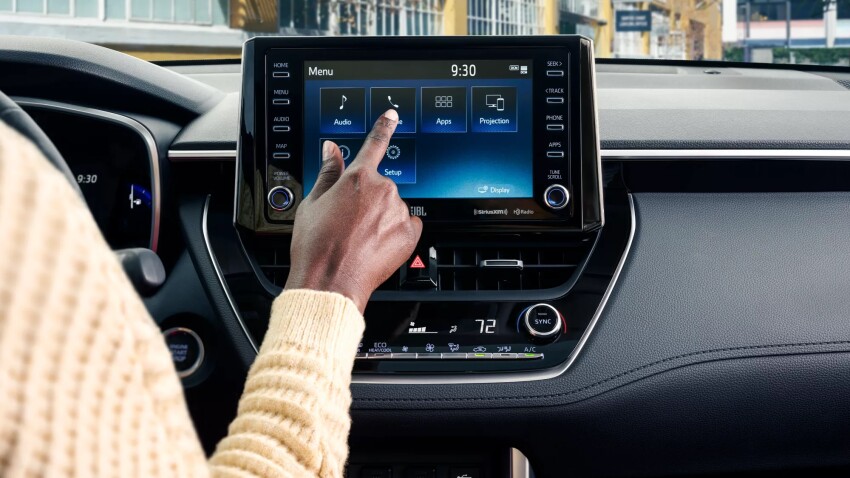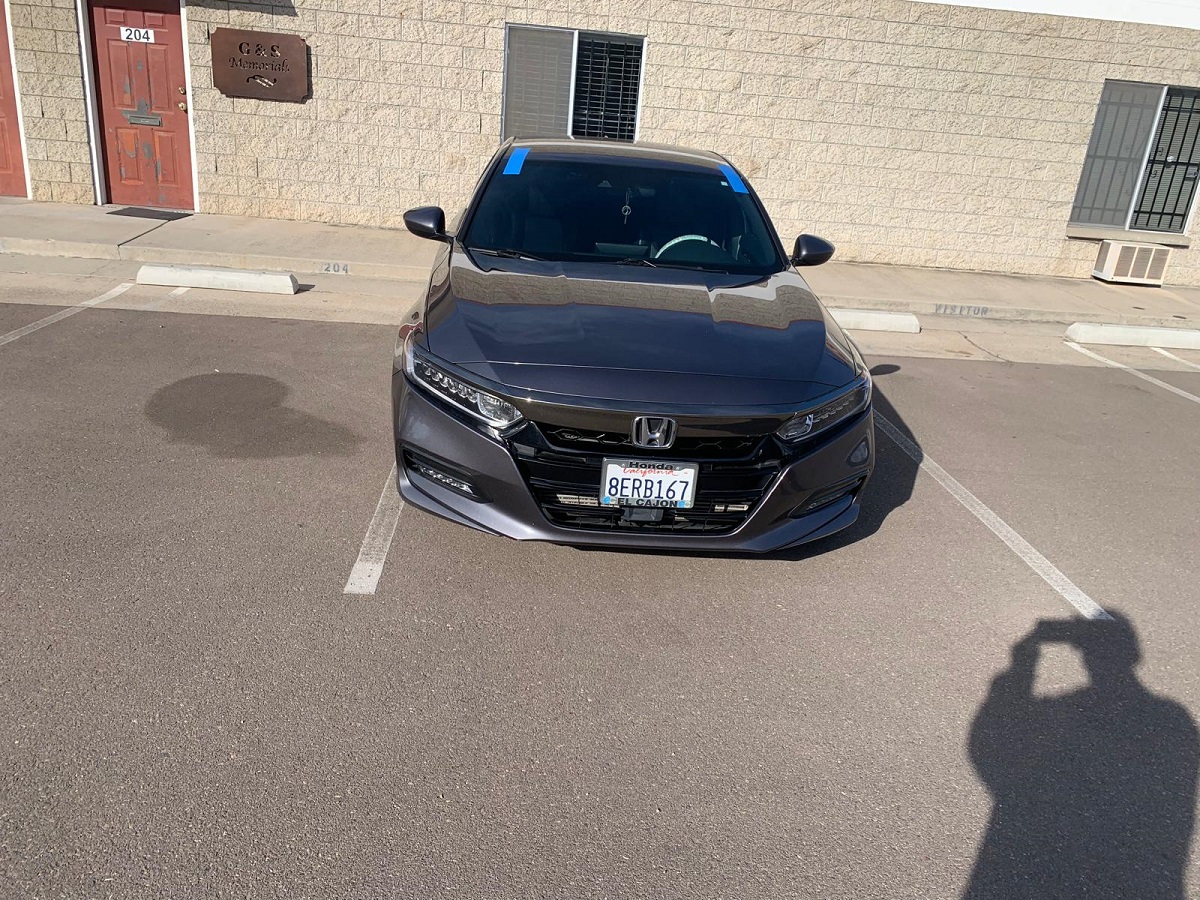In an era where automotive safety has become as paramount as vehicle performance, Toyota’s Pre-Collision System (PCS) emerges as a groundbreaking feature, embodying the brand’s commitment to not just mobility, but safe mobility. PCS is designed to enhance driver reaction times and potentially minimize the impact of frontal collisions—a testament to Toyota’s dedication to pioneering safety technologies. This comprehensive article explores the nuances of the Toyota Pre-Collision System, delineating its functionality, benefits, and the underlying technology that makes it a crucial component of modern driving safety.
Visit: https://cedricthecarguy.com/what-is-toyota-pre-collision-system-pcs/
Unveiling the Toyota Pre-Collision System (PCS)
The Toyota Pre-Collision System is an advanced safety technology integrated into many of Toyota’s newer models as part of the Toyota Safety Sense (TSS) package. PCS uses radar and sometimes cameras to monitor the vehicle’s surroundings, specifically focusing on potential obstacles or imminent collisions with other vehicles, pedestrians, or cyclists ahead.
How Does PCS Work?
PCS operates through a multi-step process designed to prevent or mitigate collisions:
- Detection: Utilizing radar sensors and front-facing cameras, PCS continuously scans the road ahead for obstacles. It is capable of identifying vehicles, pedestrians, and, in certain systems, cyclists.
- Warning: If the system detects a potential collision, it alerts the driver with audible and visual warnings, prompting them to take corrective action.
- Brake Assistance: In situations where the driver initiates braking, but the force applied may not be sufficient to avoid a collision, PCS can automatically apply additional brake pressure to help reduce the vehicle’s speed more effectively.
- Automatic Braking: If the driver does not respond to the warnings and a collision is deemed imminent, PCS can automatically apply the brakes, attempting to stop the vehicle or significantly reduce its speed to mitigate the impact of a collision.
The Benefits of PCS
Enhanced Safety: The primary benefit of PCS is the enhanced safety it provides. By reducing the severity of collisions or preventing them altogether, PCS plays a critical role in protecting passengers and other road users.
Reduced Driver Stress: Knowing that PCS is continuously monitoring the road and ready to assist in critical moments can reduce driver stress, especially in heavy traffic or long drives.
Potential Insurance Savings: Vehicles equipped with advanced safety features like PCS may qualify for reduced insurance premiums due to the lower risk of accidents and injuries.
Supports Responsible Driving: While PCS is not a substitute for attentive driving, it serves as an additional layer of support, encouraging and facilitating responsible driving behavior.
Understanding the Limitations
While PCS is a sophisticated safety feature, it is not infallible. Certain conditions can affect its performance:
- Adverse Weather Conditions: Heavy rain, fog, or snow can obstruct the sensors and cameras, limiting the system’s effectiveness.
- Rapid Changes: Sudden, unexpected movements by pedestrians or other vehicles may not provide enough time for the system to react.
- Lighting Conditions: Very bright light or direct sunlight can sometimes interfere with the camera’s ability to detect obstacles.
- Maintenance and Calibration: Keeping the sensors and cameras clean and properly calibrated is crucial for the system’s accuracy.
Tips for Drivers with PCS-equipped Vehicles
- Familiarize Yourself with the System: Understanding how PCS works and its limitations can help drivers use the system more effectively.
- Stay Alert: PCS is designed to assist, not replace, the driver. Always maintain full attention on the road and your surroundings.
- Regular Maintenance: Ensure that the sensors and cameras are regularly checked, cleaned, and maintained as part of your vehicle’s service schedule.
- Practice Safe Driving Habits: Use PCS as an adjunct to safe driving practices, not as a crutch. Safe, attentive driving is always the best defense against accidents.
Conclusion
The Toyota Pre-Collision System represents a significant advancement in automotive safety technology, offering drivers an additional layer of protection against the unpredictable nature of the road. By understanding and correctly utilizing PCS, Toyota drivers can enjoy a safer, more confident driving experience. As automotive technology continues to evolve, features like PCS highlight the industry’s shift towards prioritizing not just the efficiency and performance of vehicles, but the safety and well-being of all road users. Toyota’s PCS is a clear indication of the future of driving—a future where technology and safety converge to protect lives on the road.



